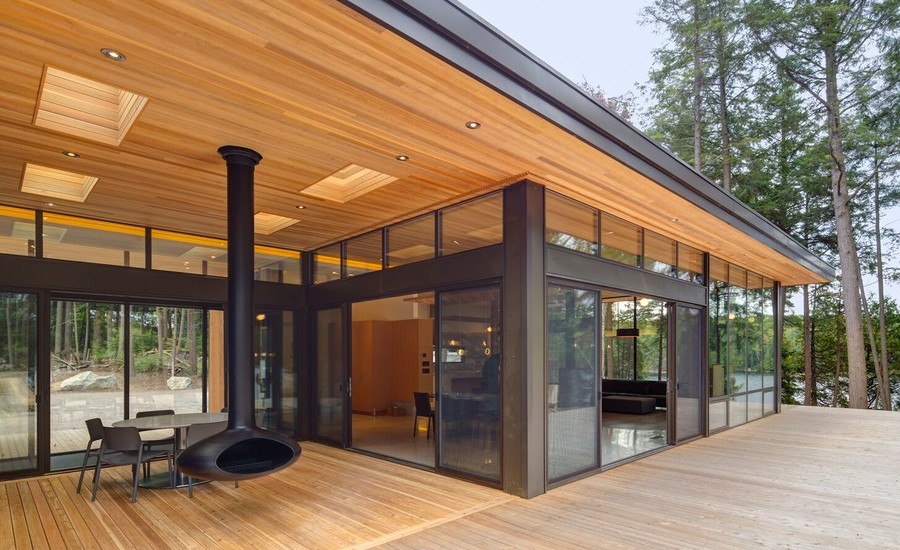How to hang children’s pictures or a schematic drawing in the living room, should the posters be the same size, and what is the advantage of the composition of the photo on the shelf. We tell you how to decorate the interior with pictures
Many homeowners and apartment owners would like to turn one of the walls in the living room or dining room into a real picture gallery. But for fear of hanging something wrong, they often limit themselves to one lone frame. Often a professional picture hanging service can be engaged to ensure your creative vision matches up with what’s possible in the space. Posters, oil, and watercolor paintings, children’s drawings, clippings from vintage magazines – the choice of images is huge. How do you combine them into a harmonious and stylish composition?
Deciding on the right place for your artwork
Before you hang pictures or posters, you need to determine the height and size of the composition. You should not place objects too high – otherwise, it will be uncomfortable to look at them. Stand in front of where the picture, photo, or panel will eventually hang. Mark the level where they naturally cast gaze rests (without raising or lowering your head). From the bottom edge of the painting mentally step back 2-3 cm. This very part of the picture should be at the marked level. If the ceilings are low, then you have to indent 6-7 cm from the bottom edge of the canvas.
As for the size of the composition, take into consideration the parameters of the sofa, table, and bed on which the composition is placed on. The optimal width of a picture or a group of images is 75-90% of the width of the furniture.
Staking on symmetry
The easiest solution is to decorate the wall with a single picture. But it’s a little more complicated with a series of pictures. If you want to get a spectacular result with minimal effort, you should favor a symmetrical wall hanging. Mentally draw a line in the center of the wall and place one or two frames vertically on it. On both sides of them at the same distance, hang the remaining objects. It is impossible to make a mistake here
Positioning pictures of the same size
If you have a few rectangular or square images of the same size in front of you, you’re in luck. It shouldn’t be too difficult to arrange such a composition in a harmonious way. Paintings of the same size can be placed in a row at an equal distance from each other. But much more interesting when they hang at different levels. Especially stylish such compositions look with thematic cards or photos.
Highlighting the central object
To make a composition of posters or photos look more harmonious, choose the largest image as the centerpiece. Hang it on the side or in the center of the group. Place several smaller pictures around it. To balance the composition, use baguettes or frames of the same thickness or similar design.
Positioning a round element
The easiest way to beautifully hang a group of rectangular and square elements. What about, for example, a stylish mirror, round frame, or other non-standard objects? The easiest way is to place it in the center of the composition and surround it with smaller images. Keep in mind that in such a case, you can not use frames of the same or larger size than the central element.
Thinking outside the box
Try to create something unconventional and unusual, experiment with the size and shape of the composition. Use combinations of photos, drawings, art objects, and souvenirs. Arrange them in a triangle, a cloud, or a heart – let the decorative composition set the mood for the whole interior.
Putting pictures on the shelf
If you don’t want to spoil the wall decoration with unnecessary holes, but you want to create a stylish composition of paintings and posters, use a long narrow shelf for this purpose, and maybe several. First, place the largest works – they will become the base. In front of them place smaller frames or small decorative objects. Make sure that the pictures are of different sizes and do not cover each other.
Decorating the wall along the stairs
You can hang pictures along the stairwell in several ways. The simplest is to place several images of different sizes parallel to the floor line. However, in this case, there is a probability that one of the lower corners of the composition will remain empty. To avoid this, start hanging the frames from the top point – lowering each next picture slightly.














